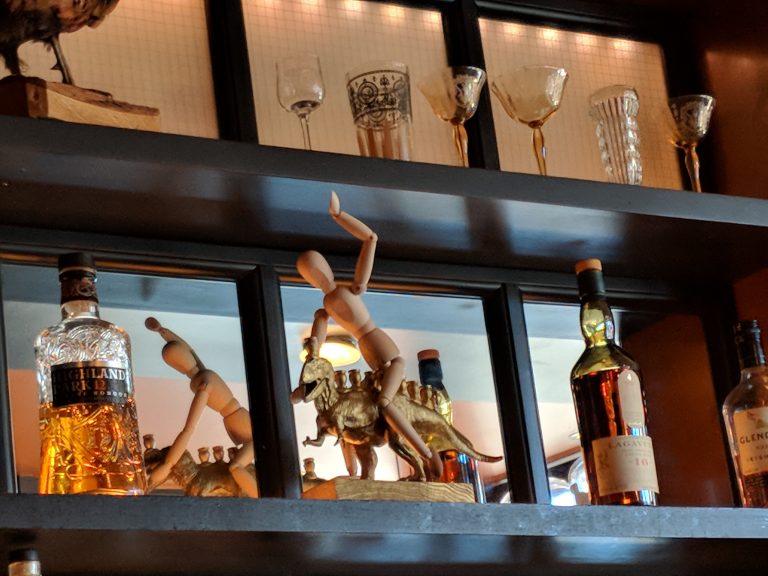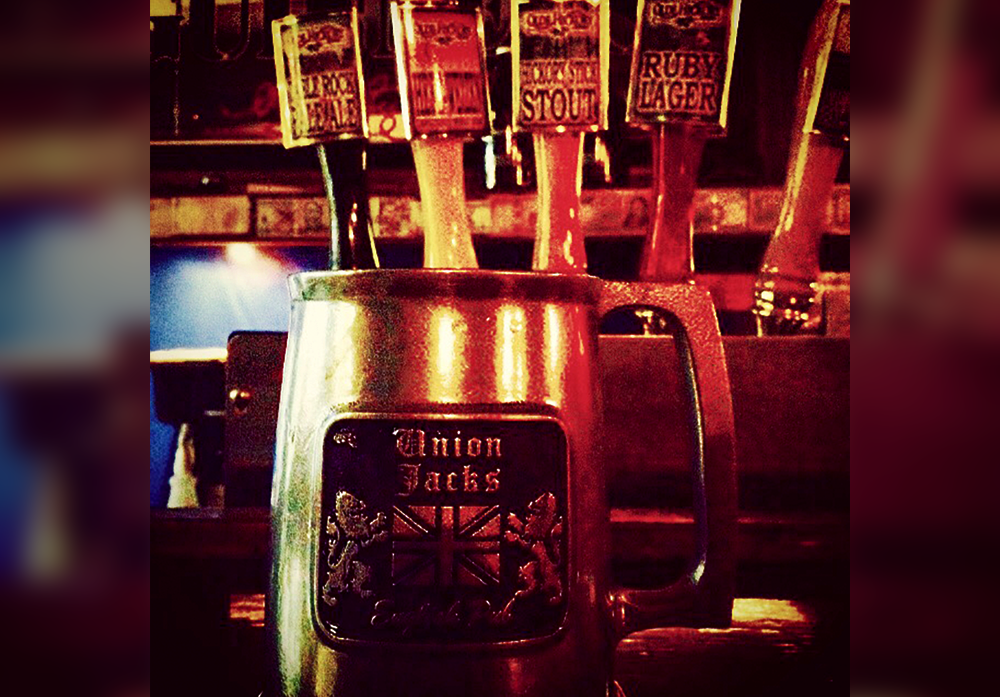The truth of women and beer: The Age of the Viking
A fool will gape when he goes to a friend,
but pass him the ale cup and all in a moment
the mind of that man is shown.
and mumble only, or mope;
–Havamal line 17, Odin

The battle axe rings through the once thriving life and quenches its thirst with the blood of the fallen. The viking stands tall in the field against the backdrop of the dead and lets out a roar of accomplishment. He thirsts for land, for triumph, and for celebrated drink. Born of iron, adventure, war, and death, the Vikings have a reputation that has lived on through history intimidating contemporaries and constantly stunning historians. With shows such as Vikings and Last Kingdom growing in popularity, it is evident that the world is craving insight into the little known lives of our ancestors.
For all appearances sake, it would seem that the Vikings were a people made of men. Men whom simply grow other men. Women seem to be mostly absent from the viking history and while little may be known of Vikings in general, less is known of the women beside the men.
Of course, we here at Brewhoppin couldn’t let that lie so, we investigated. Digging deep into history, there are strands of intrigue pointing towards a very important role women played in not only the Viking life, but also in the greater story of our narrative of female brewers.
Like many societies at the time, the Vikings had very distinct gender roles governing the smooth running of their raiding, pillaging, and farming communities. While the men went out to battle their way into new lands, the women were in charge of maintaining home life which included finances, land cultivation, child rearing and very importantly, making ales and meads. Even today, evidence can be found of Viking brewing methods in a little known item called a totem stick.

As with brewsters of old, those seeking to provide an authentic drink to the modern world utilize this stick which carries anywhere from a single yeast strains to multiple strands for the purpose of brewing. The totem stick is used to stir the wort after it has cooled thereby providing the necessary organisms to create their drink of choice (ale or mead). The result of continued use was not only a pretty awesome family heirloom but a link to our drinking history through ages-old yeast.
Aside from the very interesting totem stick, the viking women brewed with natural growing herbs, roots, grains, fruits and honeys to create their drink of choice. While barley would not be found in viking ales due to the regional climate, items such as horehound (hop alternative), Juniper branches, ergot (similar to LSD), henbane (similar to nightshade) and in a pinch, hemlock (yes, hemlock) were common. These Viking brewsters were not to be messed with. In fact, Brewsters were held in very high regard in Viking culture.
Sometimes called Shaman, Volva, Volur and Priestesses, Viking women with elevated brewing status coined the word “brag” or “bragg” which referred to brewsters foretelling the future under the influence of the ale they brewed. And who wouldn’t be in an “alternate plane” with ingredients that brought you so close to death?
With such an important part of viking life on the line, only the women were allowed to maintain the recipes and techniques for ale and mead, which is probably why there is so little known on the subject. Passed along through verbal instruction and upbringing, the amounts of ingredients, length of brewing and totem sticks were considered sacred and were usually passed down through history matrilineally. In a viking grave discovered recently, a woman was found buried with wine strainers, glass beakers, drinking horns, ladles and a cauldron.
As usual, the male counterparts made trouble for brewsters of the time by loading up on drink and other powerful, ahem, herbs before battle and going “berserk.” This forced the Volur to flee to forest clearings to avoid Holy Roman invaders seeking to retaliate. Retaliate they did. The Vikings weren’t the only victims of these vicious ingredients. Using henbane, women during the Spanish Inquisition, were tortured into confessing witchcraft. Sounds interesting doesn’t it?
With such an overt hint, we hope you check back for our next entry in the series. The entire series can be found here. To keep up to date on new parts to the unfolding history of the brewster follow us on Twitter and Instagram or like our page on Facebook.







